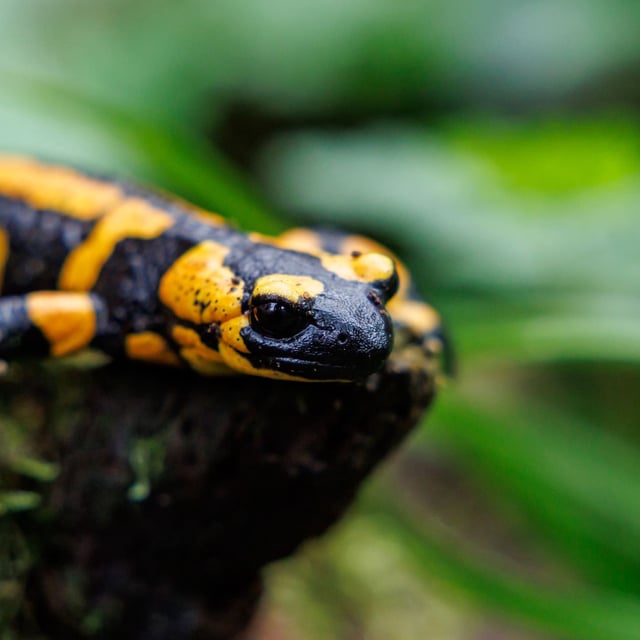Overview
- Researchers examined 40 years of global weather data on heatwaves, cold spells and droughts alongside the geographic distribution and IUCN Red List status of over 7,000 amphibian species.
- Central Europe, the Amazon basin and Madagascar—all experiencing increased frequency of heatwaves and droughts—have seen a marked worsening of amphibian threat levels since 2004.
- Roughly 40 percent of known amphibian species are classified as threatened with extinction on the IUCN Red List, driven by a combination of climate pressures, habitat loss, disease and pollution.
- The dependence of many amphibians on temporary wetlands for reproduction leaves them highly vulnerable when rising temperatures and prolonged droughts dry out crucial breeding habitats.
- In Central Europe, half of the native true salamander species now face longer and more frequent drought periods, a trend researchers warn is likely to intensify.
